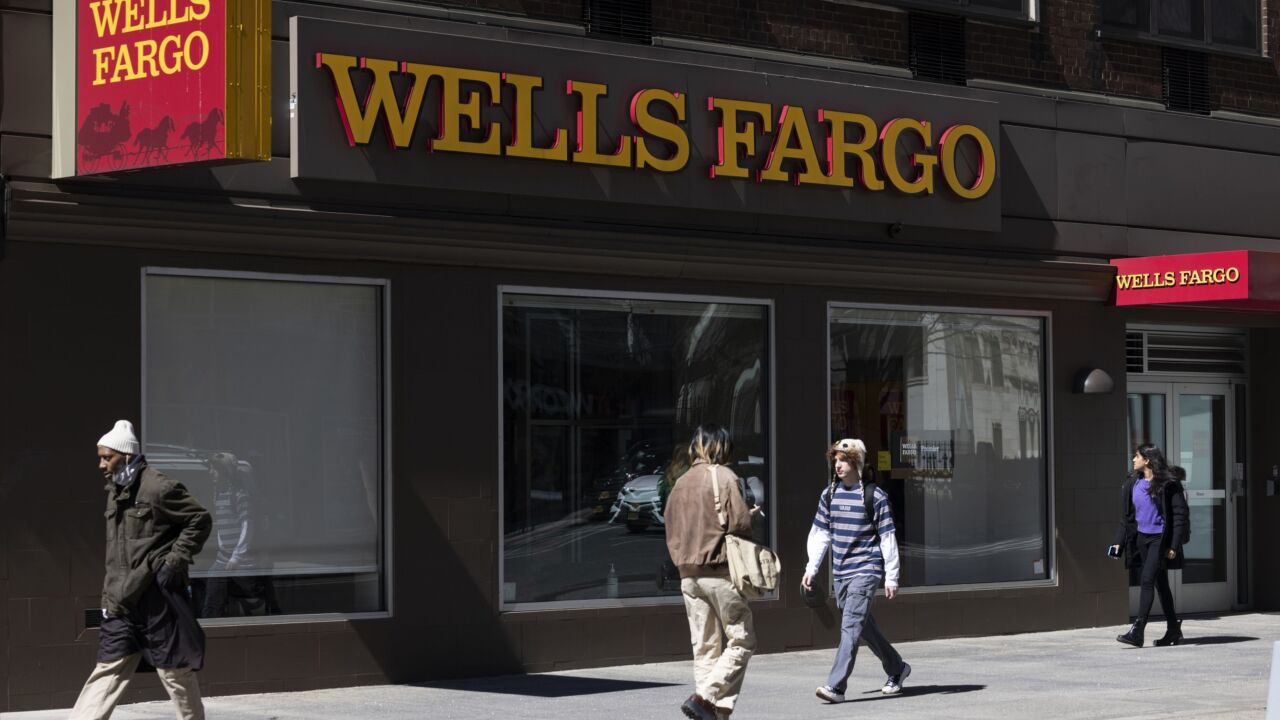Less-sizable lenders were at a slight disadvantage when it came to selling loans for cash in 2019, according to the Federal Housing Finance Agency’s most recent guarantee-fee report.
Larger players with individual market shares of 2% or more paid a 55-basis-point g-fee per loan sold to the government-sponsored enterprises, while medium-sized and small companies with individual market shares under 2% paid 56 basis points, the annual report showed.

The share of loans sold for cash to the government-sponsored enterprises by small companies — which have less than a 0.1% market share — and medium companies — which have a market share between 0.1% and 2% — shrunk slightly as large companies gained more ground.
Market share for the biggest companies rose 1 percentage point to 28%, medium players’ share remained constant at 48% and smaller firms’ share fell 1 percentage point to 29%.
The market share and g-fee shifts seen in cash sales were directionally similar, but smaller than the ones in the FHFA’s previous report tracking changes that occurred between 2017 and 2018.
When selling to the GSEs, lenders can elect to either sell loans for cash or exchange them for mortgage-backed securities. Larger players tend to prefer MBS sales and smaller players generally sell for cash.
In MBS sales, the market share held by players of different sizes remained unchanged between 2018 and 2019, as g-fees rose by 2 basis points in all categories. Medium-sized players paid the highest g-fees at 57 basis points, followed by large lenders (55 basis points) and small companies (51 basis points).
The g-fees lenders pay for MBS sales are not comparable with those paid for cash sales because mortgage companies have different responsibilities and risks in each circumstance.
In addition to the usual g-fees, the GSEs this month added a
To date, some companies slightly increased the rate charged to customers to offset the adverse market fee and others have been able to absorb it, said Michael Sema, CEO at Get A Rate, a New Jersey-based lender that sells its GSE loans to correspondent investors.
“Some lenders aren’t really doing anything. Depending on the business model that they use, they may have to be extremely aggressive, so they’re keeping their rates where they are. Most of





